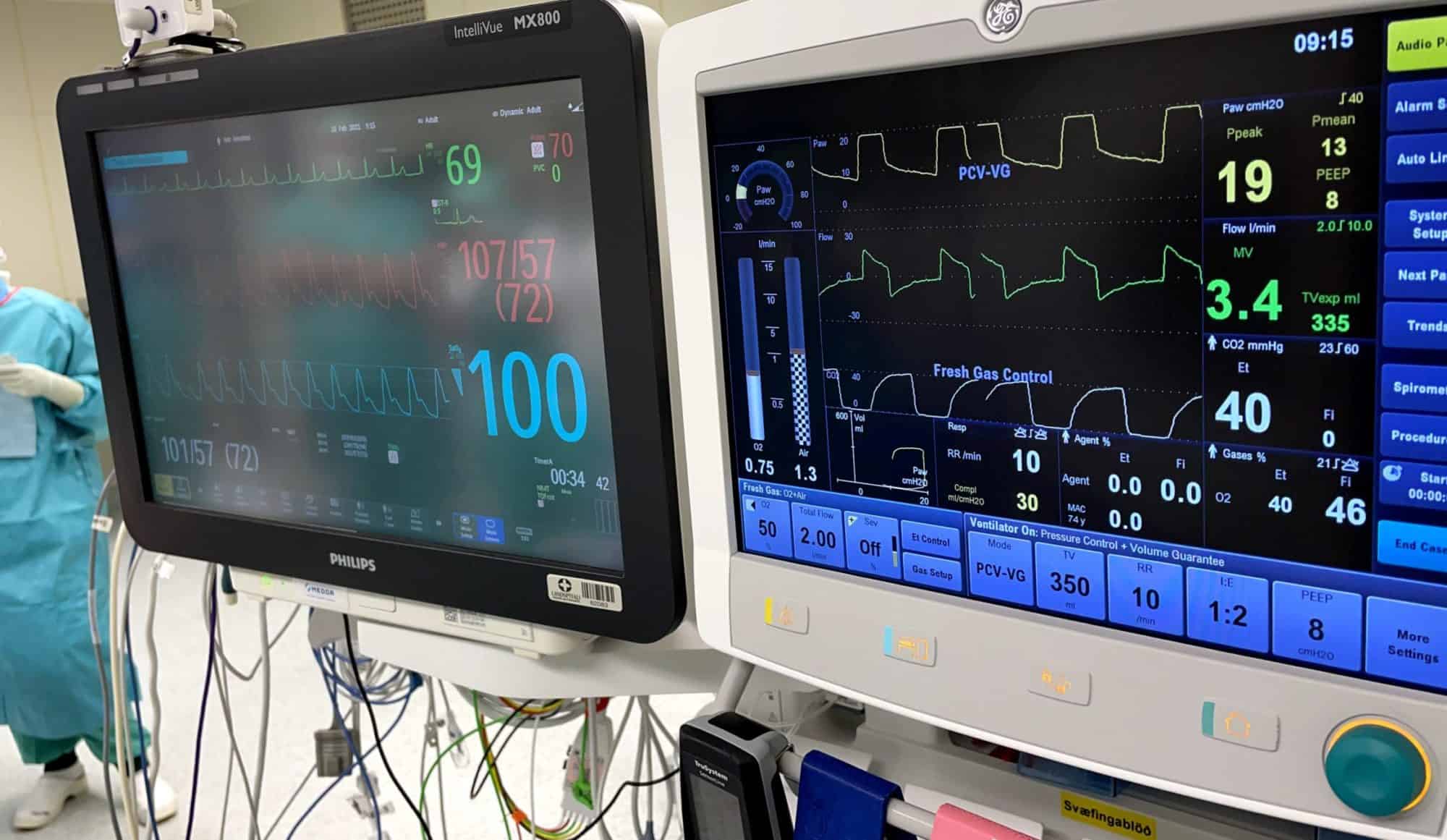Intensive Care Medicine – Core Learning Outcomes
At least one piece of suitable evidence is required for each of the relevant competencies. One assessment can be used to cover multiple curriculum competencies. Please ensure that the numbering of evidence items in this table matches that in your portfolio.’CAT Target Level’ indicates the final competency level for this stage of training. Trainees should not normally be marked higher than these levels at the end of CAT unless in exceptional circumstances with accompanying evidence. Please see the full ICM Syllabus for details of the knowledge, skills and behaviours which make up each competency.Those competencies which must be achieved in the 3/12 Basic ICM block are delineated below. ICM curriculum competencies which have been cross-mapped as achievable either within the 3/12 Basic ICM module or elsewhere in Core Anaesthesia Training are shown separately in the second section of the Grid. These competencies are not mandatorily assessed in the 3/12 Basic ICM module but Core Anaesthesia trainees are encouraged to map their cross-specialty competency achievement. This will enable easy demonstration of competency acquisition should they later wish to Dual accredit in ICM.Please note that all competencies listed below is mandatory for ICM Intermediate sign off.
Knowledge
- I1_BK_011.1 Adopts a structured and timely approach to the recognition, assessment and stabilisation of the acutely ill patient with disordered physiology
- I1_BK_021.4 Triages and prioritises patients appropriately, including timely admission to ICU (Mandatory)
- I1_BK_031.5 Assesses and provides initial management of the trauma patient
- I1_BK_042.1 Obtains a history and performs an accurate clinical examination
- I1_BK_052.2 Undertakes timely and appropriate investigations
- I1_BK_062.4 Obtains appropriate microbiological samples and interprets results
- I1_BK_072.8 Integrates clinical findings with laboratory investigations to form a differential diagnosis
- I1_BK_083.1 Manages the care of the critically ill patient with specific acute medical conditions
- I1_BK_093.2 Identifies the implications of chronic and co-morbid disease in the acutely ill patient
- I1_BK_103.3 Recognises and manages the patient with circulatory failure
- I1_BK_113.4 Manages the patient with, or at risk of, acute renal failure
- I1_BK_123.6 Recognises and manages the patient with neurological impairment
- I1_BK_133.9 Recognises and manages the septic patient
- I1_BK_144.2 Manages antimicrobial drug therapy
- I1_BK_154.6 Initiates, manages, and weans patients from invasive and non-invasive ventilatory support (Mandatory)
- I1_BK_164.8 Recognises and manages electrolyte, glucose and acid-base disturbances
- I1_BK_176.1 Manages the pre- and post-operative care of the high risk surgical patient
- I1_BK_187.1 Identifies and attempts to minimise the physical and psychosocial consequences of critical illness for patients and families
- I1_BK_197.2 Manages the assessment, prevention and treatment of pain and delirium
- I1_BK_207.4 Communicates the continuing care requirements, including rehabilitation, of patients at ICU discharge to health care professionals, patients and relatives
- I1_BK_217.5 Manages the safe and timely discharge of patients from the ICU
- I1_BK_228.1 Manages the process of withholding or withdrawing treatment with the multi-disciplinary team
- I1_BK_239.2 Describes national legislation and guidelines relating to child protection and their relevance to critical care
- I1_BK_2410.1 Undertakes transport of the mechanically ventilated critically ill patient outside the ICU
- I1_BK_2511.2 Complies with local infection control measures
